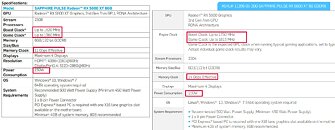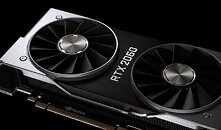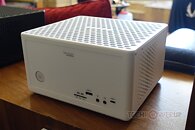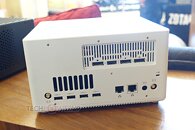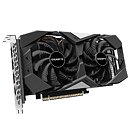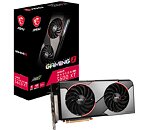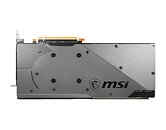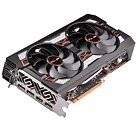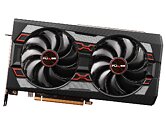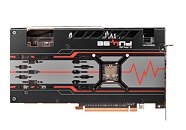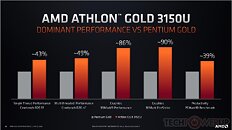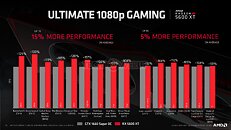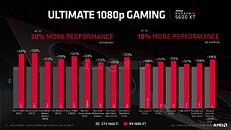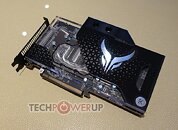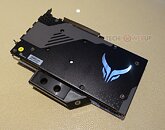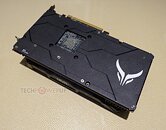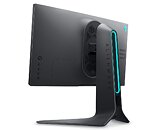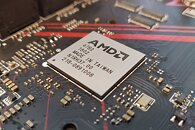
AMD Allegedly Bolstering Radeon RX 5600 XT in Response to RTX 2060 Price Cut
AMD has allegedly changed the specifications of its Radeon RX 5600 XT graphics card through a BIOS update being pushed to manufacturers, according to an HKEPC report. According to the report, AMD has increased clock-speeds of the RX 5600 XT to 1615 MHz gaming and 1750 MHz boost, versus 1375 MHz gaming and 1560 MHz on AMD's CES press-event slides detailing the card. Confirmation of this comes from the product page of Sapphire's RX 5600 XT Pulse graphics card, which doesn't bear any "OC" marking in either the product name or box art, but yet has an updated specs tab, referencing the new clock speed.
Increased GPU (engine) clocks isn't all, Sapphire also increased memory clock speeds from 12 Gbps to 14 Gbps (a 15% increase in memory bandwidth). Also, the typical board power ("power consumption") value has gone up from 150 W to 160 W, indicating a possible power-limit increase. These last-minute changes could probably significantly change the performance numbers of the RX 5600 XT in a bid to make it more competitive to the GeForce RTX 2060. Earlier today, it was reported that NVIDIA formally cut prices of the RTX 2060 down to $299, which would put it within $20 of the RX 5600 XT with its launch price of $279.
Increased GPU (engine) clocks isn't all, Sapphire also increased memory clock speeds from 12 Gbps to 14 Gbps (a 15% increase in memory bandwidth). Also, the typical board power ("power consumption") value has gone up from 150 W to 160 W, indicating a possible power-limit increase. These last-minute changes could probably significantly change the performance numbers of the RX 5600 XT in a bid to make it more competitive to the GeForce RTX 2060. Earlier today, it was reported that NVIDIA formally cut prices of the RTX 2060 down to $299, which would put it within $20 of the RX 5600 XT with its launch price of $279.
